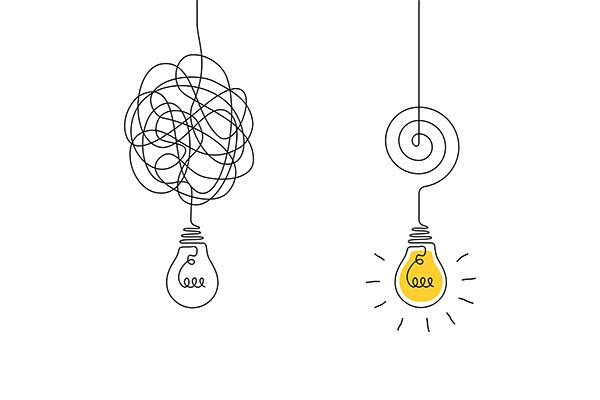Understanding Cognitive Dysregulation Through BrainCore qEEG Brain Mapping
When we experience emotional trauma or face cognitive challenges, it can be overwhelming to navigate the often-confusing landscape of our thoughts and emotions. It's essential to remember that you are not alone, and there is help available to guide you on this journey of self-discovery and healing. In this article, we'll explore the concept of cognitive dysregulation, uncovering insights from BrainCore mapping and its connection with various brain regions known as Brodmann areas[1%5E]. By understanding this knowledge, you can empower yourself and others in the face of cognitive struggles.
What is Cognitive Dysregulation?
Cognitive dysregulation refers to the inability to effectively regulate thinking processes and emotional responses[1%5E]. This can manifest in various ways, such as difficulty paying attention, struggling with verbal communication, or challenges in decision making. Understanding the specific brain regions connected to these processes can provide a foundation for targeted therapeutic interventions.
A Glimpse into BrainCore qEEG Mapping
BrainCore qEEG brain mapping is a tool used to measure brainwave activity in specific areas, providing valuable insights into how the brain functions and identifying potential dysregulation [1%5E]. By examining the Brodmann areas connected with different cognitive functions, it becomes possible to understand the complexities of our mental processes and develop strategies for enhancing well-being.
Investigating Key Focal Site Brain Regions For Cognitive Dsyregulation
Let's explore some crucial Brodmann areas and their connection to cognitive dysregulation:
Attention: Brodmann areas 7, 8, and 9 are crucial for maintaining focus and paying attention to relevant stimuli[1%5E]. Dysregulation in these areas can lead to difficulties concentrating on a single task or frequently losing one's train of thought.
Verbal processing: Brodmann areas 44 and 45, also known as Broca's area, play a significant role in speech production and verbal processing[1%5E]. Impairments in this region can manifest as challenges in forming coherent sentences or understanding verbal communication.
Decision making: Brodmann area 24, the anterior cingulate cortex, is essential for decision making[1%5E]. This region helps us weigh the pros and cons of different choices, allowing for informed decisions. Cognitive dysregulation here can present as increased indecisiveness or impulsive decision making.
Visual processing: Brodmann areas 17, 18, and 19, which include the primary and association visual cortex, are vital for processing visual information[1%5E]. Disturbances in this region can result in difficulties interpreting visual cues or struggling to visualize abstract concepts.
Motivation: The ventromedial prefrontal cortex, encompassing Brodmann areas 25 and 32, is linked to motivation and goal-directed behavior[1%5E]. Cognitive dysregulation in this area could manifest as a lack of enthusiasm, procrastination, or struggles with initiating and completing tasks.
Reading comprehension: Brodmann area 39, the angular gyrus, plays a critical role in reading comprehension[2%5E]. Problems in this region can result in difficulties understanding written text or grasping complex literary concepts.
Problem-solving: Brodmann areas 9 and 46, forming the dorsolateral prefrontal cortex, are essential for problem-solving skills and logical reasoning[1%5E]. Impairments here can lead to challenges in devising effective strategies to tackle problems or identifying patterns.
Math comprehension: Brodmann areas 39 and 40, located in the parietal lobe, are vital for math comprehension and numerical processing[1%5E]. Disruptions in this area might involve difficulties performing arithmetic calculations or understanding numerical concepts.
Memory: The entorhinal and perirhinal cortex, encompassing Brodmann areas 28, 34, 35, and 36, play essential roles in forming and retrieving memories[1%5E]. Dysregulation in these regions can result in trouble remembering past events, names, or faces.
Addressing Cognitive Dysregulation in a Therapeutic Setting
We provide neurofeedback therapy at Insights Counseling Center to help clients address cognitive dysregulation through various techniques and targeted interventions. By understanding the Brodmann areas linked to different cognitive functions, we can develop personalized approaches that encourage growth, resilience, and long-lasting change.
We have three neurofeedback clinicians and Teresa Prince is one of three in the state of Alabama who is Board Certified in Neurofeedback through BCIA. With the knowledge and support provided by trained professionals, you can work through cognitive challenges and develop healthier thought patterns. Remember, you don't have to navigate this journey alone—reach out for the guidance and understanding you need to foster a life of healing and well-being.
Sources:
